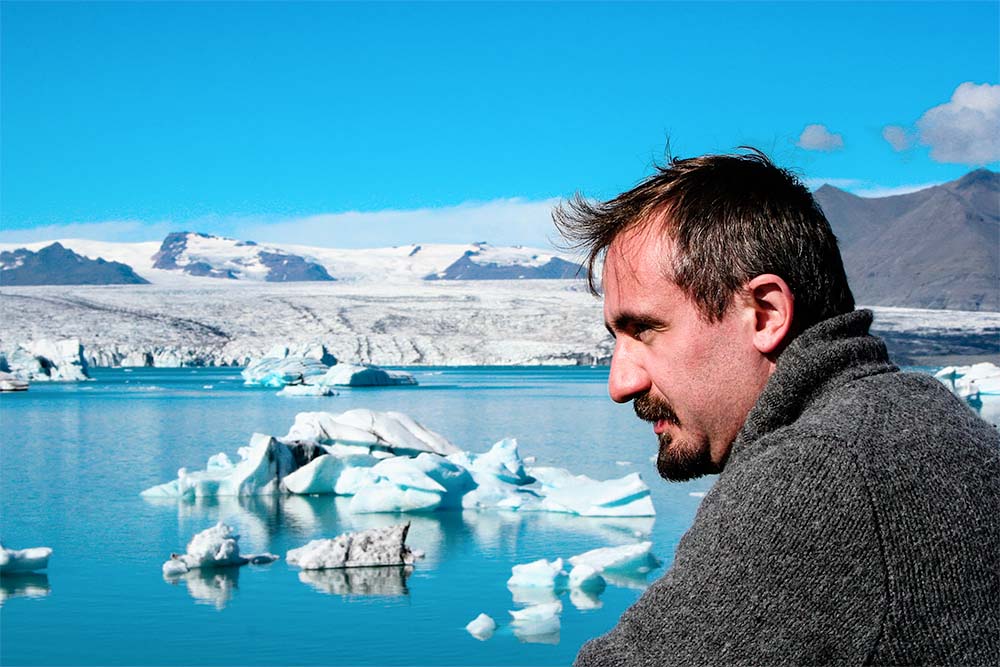I am of Turkish ancestry, but born in Svishtov, Bulgaria, a small town on the Danube river. During the 1980s, my parents and I lived in Triploi, Libya, where I attended an international school for the children of expats. There, I was introduced to photography by one of my all-time best, and favourite teachers. I have been an avid amateur photographer ever since. I currently live in Toronto, Canada, with my wife and two young children. I am formerly a practicing lawyer, however I recently returned to school to pursue a PhD degree in philosophy, with my focus being on environmental philosophy and legal and political theory. My current passion for photography, and the series of photos I have been working on more recently, is partly informed by my scholarly work on environmental issues. For instance, my series titled "Landscapes of Modernity" is an attempt to translate some of my philosophical ideas into a visual/photographic format.
Landscapes of Modernity
This series of phots is, in part, an attempt to translate some of my academic work on environmental philosophy into visual/photographic format, an effort to express my ideas through art rather than scholarship alone. My overall project aims to reflect on the contemporary experience of dwelling in extensively built-up, "artificial" spaces. Our ancestors lived in spaces pervaded by natural landscapes, by mountains, valleys, by open skies, and the like. They were surrounded by spontaneous, self-generating, self-sustaining (i.e., so-called "natural") entities. Conversely, consequent to modernity, our visual landscapes are now largely colonized by massive, cuboid, monolithic structures; and by constricted, disrupted or otherwise occluded skies. Above all, we have surrounded ourselves with a seemingly endless array of almost exclusively human-made constructs. This is the central contrast between modernity and the modes of dwelling of our ancestors. ... And here, in this modern moment, we find astounding beauty mixed with a certain apprehension, oppressiveness and brutality - for instance, as is exemplified by the staggering scale of the seemingly omnipresent and ever-expanding character of the structures that now envelop and enframe our lives. I hope my photos manage to capture this duality in the contemporary urban landscape.
